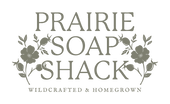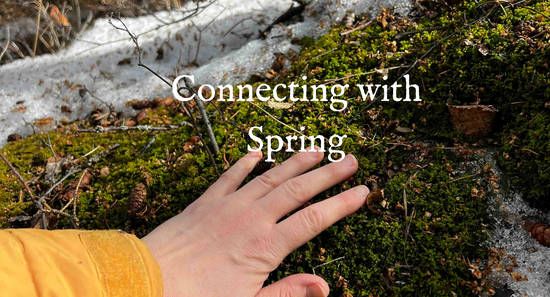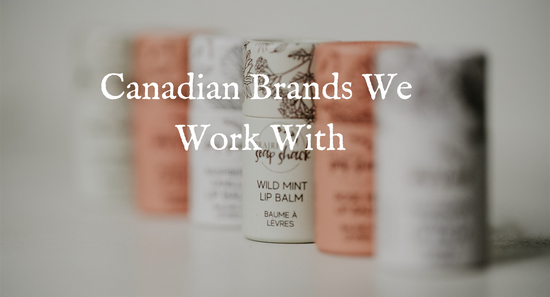Part 3 - Tending To Your Garden & Harvesting
This year marks year 7 of having my own vegetable, herb, and flower garden. I dabbled with a few planted pots for years prior to this and grew up helping my parents and grandparents with their gardens. Albeit I wasn’t much of a weeder, but more of a “help myself to the peas”, play hide and seek in the corn stalks or squish the potato bugs. Now that I have my own children, I know this is a great way to have the kids start their own bud of gardening interest by allowing them to play in the garden too- which I will address in each blog post about involving kids.
This blog series is divided into three parts sharing my own experience so far in my gardening journey. I live in zone 3b in central Alberta and recognize I will be learning new tricks and information each year, but I am also not a total beginner anymore so I hope you enjoy my point of view as gardening has brought me so much joy! I use my garden produce to feed my family as well as create products for Prairie Soap Shack, the possibilities are so much fun!
Part 1 will be about starting a garden and permaculture practices (click here to read)
Part 2 will be about seed starting, direct sowing and planting methods (click here to read)
Part 3 will focus on tending to your garden and harvesting (THIS ONE!)
After you get your plants in the ground, then it’s up to mother nature! And you can help along the watering if you’re not getting enough rain, like us last year. We have a rainwater collection pond on our property that harvests all the rain from the buildings in our yard and pipes it underground to feed into this pond. We then have a line going to my garden so I can water my garden with the rain water. This is a premium piece on our property and thankful the previous owners also believed in this permaculture practice and had it installed.
Once the plants were up and growing, I covered any bare soil in the raised beds with straw (any kind of mulch will do). This helps to retain moisture and reduce evaporation. It also helps to reduce weeds growing in there. Plants need nutrients to grow so testing your soil health can be a helpful thing to do. Spring is also a great time to check for earthworms as they will tell you if your soil is healthy or not. This is a great time to add new compost to your soil and organic matter.
Other considerations as your plants are growing is if they need any supporting, with either a trellis or pole. You could also plan to have your pole beans grow beside your corn stalks as the beans will use the corn as a trellis (Read about the three sisters planting method). It was also fun to make a bean teepee for my son to play in.

Once plants are larger, you can do some pruning and thinning out but I don’t have a lot of experience with this so I won’t offer much advice but to research it. I do pinch back my herbs in the garden though because they grow so quickly, produce flowers and go to seed when I want them to keep producing into fuller plants. So I pinch back the topmost set of leaves with my fingers and prevent them from going to seed.

Deadheading flowers are also important for the plants to keep producing new flowers. My favourite is harvesting calendula flowers, because it seems that as I snip one flower, two new ones will be growing within a few days. It’s this beautiful reciprocal relationship that feels like the plant wants me to snip its flowers so it can give me more.
Harvesting is the grateful act of using the fruits of our labour! It is so satisfying to go pick a colourful basket of food for a meal with your family (be sure to have your kids help you pick the food too!), that is perfectly ripe and often more tasty and nutrient dense than store bought food. Harvest often and when the food is small and ripe- you’ll often get greater yields this way. If you wait till the leafy greens are too large, they will often develop a bitter taste, so take them when they are young and tender.

Food preservation is a whole other blog post for the fall- as the options of freezing, canning, fermenting, and drying are extensive. I love doing them all and having our own homegrown food for our family to enjoy all year round. I mostly dry the herbs that I use for our products with Prairie Soap Shack as then I can store them for the year and use the dried plant material to create herbal extractions.
Find lots of great gardening information or organic seeds at West Coast Seeds here.Hope you enjoyed my viewpoint of my garden and may we all play a part in the balancing cycle in nature between humans, plants and animals.






